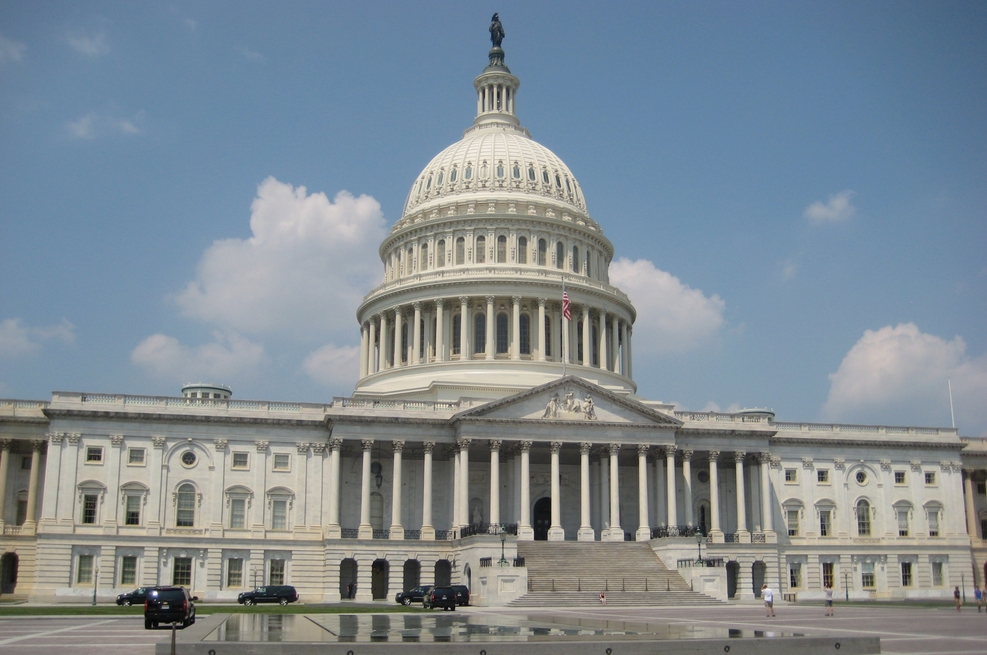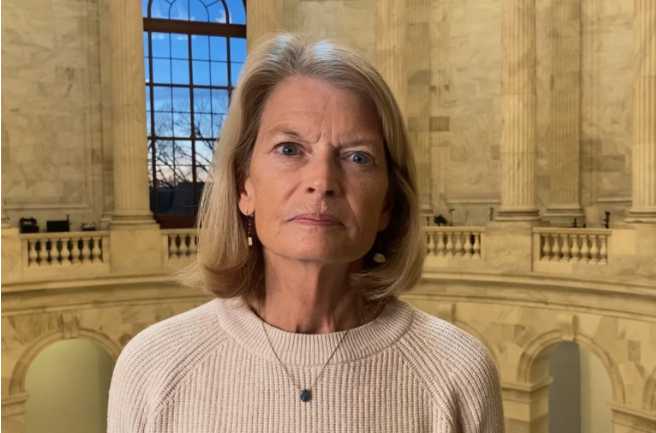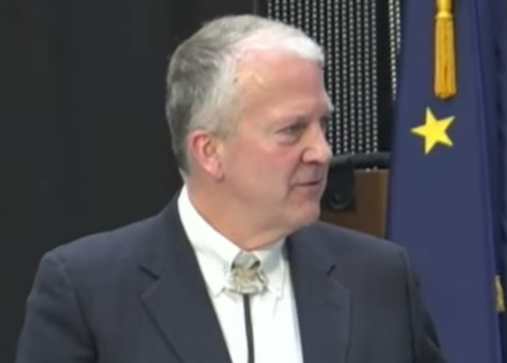
Washington, DC – Last week, amidst floor activity to pass a continued resolution to fund the federal government, U.S. Senator Lisa Murkowski (R-AK) submitted a Statement into the Congressional Record underscoring the importance of funds that were secured in 2021 to support Alaska’s children and youth experiencing homelessness. The Senator shared impactful examples of how the funds were used to connect young people to services and resources to ensure success in their education and beyond. She also implored her colleagues to come together to find solutions, and additional resources, to support children and youth experiencing homelessness.
Read Senator Murkowski’s full statement below:
Mr. President, on March 6, 2021, almost a year to the day after communities across America – and Alaska – shut down in an attempt to slow the spread of COVID-19, this body was voting on the third COVID relief bill – the American Rescue Plan.
Unfortunately, this was a wholly partisan exercise. Rather than advancing a bipartisan consensus effort, one side unilaterally pushed forward the largest spending package Congress had ever advanced, which I was not able to support. However, In the midst of that bogged down, partisan exercise, there was a bright spot of cross-aisle collaboration that brought together Democrats, Republicans, and Independents. In fact, it was one of only three amendments that passed with unanimous support during a contentious process where over 40 votes were taken.
I’m speaking of my amendment with Senators Manchin, Portman, Sinema, Collins, and Sullivan to designate $800 million of the K12 education funds in the bill to be used for identifying, supporting, and educating children and youth experiencing homelessness.
I offered this amendment because the first two COVID relief packages did not include any dedicated funding to support this vulnerable population – who were arguably the most negatively impacted by school closures.
At that time, 2,578 Alaskan children and youth were identified as experiencing homelessness. That number grew to 3,554 in the next school year. Unfortunately, we’re on pace to break records this school year.
Homelessness has far-reaching impacts on young people, affecting both their personal development and education. Living without a stable home means increased stress, insecurity, and trauma, leading to mental health challenges such as anxiety, depression, and low self-esteem.
The tolls of their living situation also affects their physical health, increasing the risk of illness, obesity, diabetes, and hunger. Many youth struggle with regular sleep without a consistent place to rest their head. And many turn to substance abuse to cope with hardships.
For youth in school, homelessness often results in frequent school absences, difficulty concentrating, and lower academic achievement, as the instability of their living conditions makes it hard to focus on learning. The likelihood of dropping out of school rises dramatically, and so does the risk of being involved in the juvenile justice system.
Homeless youth may lack access to essential resources like school supplies, quiet study spaces, and nutritious meals, further widening the achievement gap.
Now I’m probably not breaking any news to those of us in Congress, who have heard too many stories of young people enduring these incredibly trying conditions.
But I’m here today to share some incredible news on this front from the bipartisan work done on this floor to help our youth in crisis.
In my home state of Alaska, we received $2.35 million in these funds, more than eight times its usual allocation.
Mr. President, to see the impact that these funds have had makes my heart sing. What was really incredible was seeing how each district used these funds creatively to meet the unique and specific needs of the kids they serve. By providing districts flexibility in their spending, schools were able to provide everything from school supplies to cell phones to clothing and food.
In the Kenai Peninsula School District, they used funds to help a student access mental health services. This particular student had experienced homelessness and housing instability for the majority of their time in public education.
After falling off the radar of the school, the student became an unaccompanied homeless youth due to parental substance use disorder and incarceration.
These homeless youth funds were a lifeline in providing critical mental health services to support this student, giving them tools for coping, and helped place them on a path to sustained stability at a time when they were experiencing incredible uncertainty and didn’t have someone in their life to help guide them.
In Anchorage, the school district used these funds to provide Wi-Fi hot spots, since the subsidized broadband internet was no longer available.
These funds enabled the purchase of 15 Wi-Fi hot spots for families last school year and 10 more for this year. You can imagine that for families and youth who are moving from place to place – motels, cars, couches – access to reliable internet to complete homework and communicate with teachers is a particular challenge. No other district program is able to support homeless students this way. ASD’s Migrant Education, Indigenous Education and English Language Learners departments see this as a big need but one they cannot address.
In addition to hotspots, Anchorage School District’s program was able to provide car repairs.
Now that might seem like a strange way to help those experiencing homelessness, but districts discovered that car repairs made more economic sense than providing cab services for young people trying to attend classes. By providing $200 on car repair costs, the district ultimately saved money on transportation and families had more reliable car services.
Both districts also used funding to bring on additional staff designated to work with homeless students. The Child in Transition Program in the Anchorage School District was able to hire two full-time staff for remote sites and five part-time staff in high schools to support students on campus and connect them to services.
These staffers are connecting students and families with identification efforts, checking in on attendance and grades, monitoring and supporting academic progress, and facilitating referrals with community partners.
In fact, one of these staffers was able to build rapport with a student experiencing homelessness who was interested in applying for a job – but didn’t know how to start the process. By having a dedicated staff member, who they knew and trusted, the support and resources were there for this student to apply for the position and prepare for their interview.
Today, that young person is employed.
These real-life examples highlight the what this funding is actually doing on the ground and the incredible, real world benefits it has in the lives of youth and families experiencing homelessness.
We know that the number one risk factor for adult homelessness is the lack of a high school education or equivalent.
The challenges and hardships that youth experiencing homelessness face can set them on the wrong path, severely limiting future opportunities for employment and healthy lifestyles.
These funds are still directly supporting students so they can attend school and have the resources to successfully complete their education.
This funding is helping young people get out of the homelessness cycle permanently.
I’m proud to stand here with my colleagues to share the impact of this American Rescue Plan provision.
I was disappointed that we were not able to get a clean one-year extension done so that we can continue to hear good stories of the work being done in our communities to identify and support homeless youth.
There were a number of reasons that states and local education agencies were not able to fully spend down their funds – from local education agencies not even being aware of the additional flexible funds, to delayed guidelines from the Department of Education on allowable uses.
So without an extension, some states will be returning funds. And make no mistake – these are funds that are still critically needed in our communities. The youth experiencing homelessness in our states still need our support and we expect to see continued increases in homeless youth.
To be clear, there is more work to be done with homelessness on the rise. I urge my colleagues to work with us to address these issues.
[content id=”79272″]







